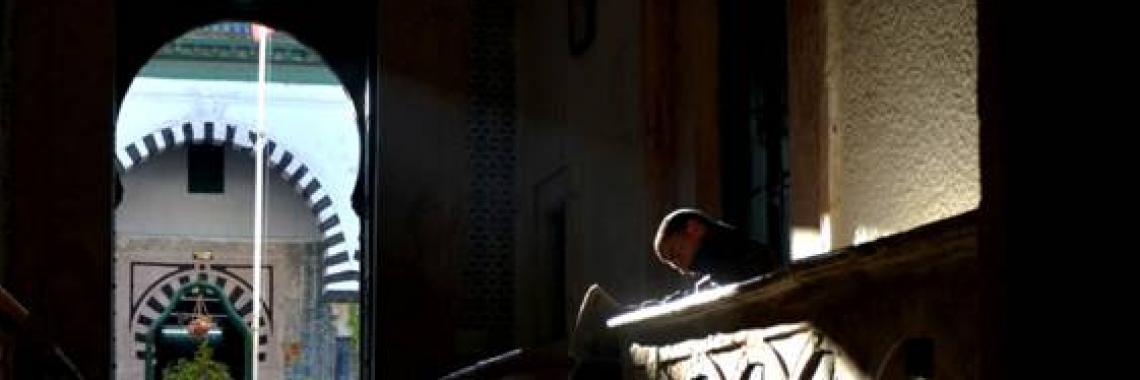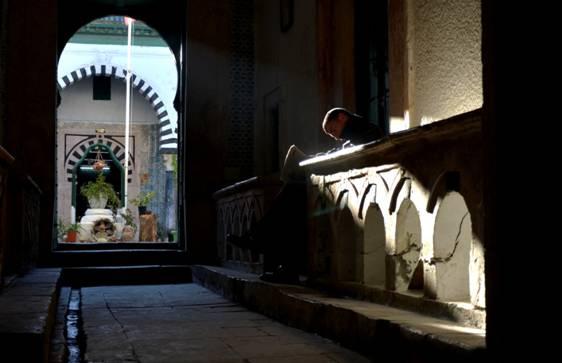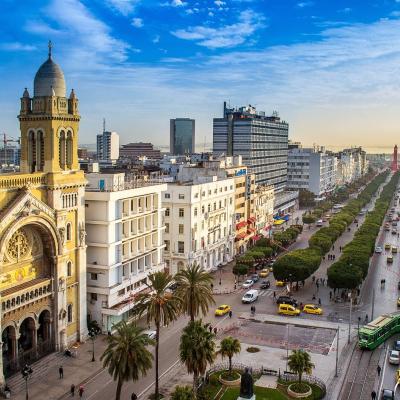
Protection of the cultural and historical heritage
Background
The Tunis Medina suffered for years from a precarious problem of substandard housing and high density, particularly in its central part. Families from the old town were beginning to leave and low-income rural immigrants in the Medina, a favourable welcoming structure, with large empty houses, and a typology of patio homes that lent themselves well to renting a room. Renting a single room was in fact the only option for families, usually large families, with a maximum of one or two active members.
The term Oukala meant, originally, pensions rented for a week or a few days to single men seeking work in the city. Historical oukalas were the first buildings of the Medina where single rooms were rented to entire families.
A study in the late 1980s brought to light the existence of over 600 oukalas sheltering 3,000 households (about 15,000 people) which was a problem in the city centre due to the overcrowding of the population in inhumane conditions. In 1990, the collapse of an Oukala pushed the authorities to act, fearing the loss of human lives. A major initiative was finally taken to reduce the precariousness of this habitat.
General degradation, poverty and social issues have led to delinquency, drug and crime problems.
Objectives
The objectives of the initiative were:
- Saving the architectural heritage
- Ensure the influence of the Medina
- Ensure cohabitation between people
- Save ancestral knowledge
- Adequate management of fragile populations: young, old and disabled
- Ensure respect for human dignity
Implementation
Until the beginning of 2000, the initiative became a project in four phases and multiple components: resettlement of the most vulnerable groups in new housing provided by the municipality, de-densification and bringing up to standard of habitability in Medina in order to keep their tenants, restoration assistance for private housing through loans for homeowners and finally, restoration and conversion of many significant historic buildings, formerly oukalised.
During seven years (1991-1997), the municipality managed to resettle over 2,000 households urgently evacuated from 366 buildings close to becoming inhabitable and this resettlement was operated in three stages on land belonging to the city. These new homes built in peripheral cities and in the Medina were transferred to beneficiaries, in the process of becoming homeowners. It represents a real opportunity for a usually ineligible population to access social housing system. These households’ tenants were becoming owners of a 42m² housing on a plot of 80m² with possibility of extension upstairs. These homes were sold in leasing, interest-free loan, over a period of 25 years (monthly payment of about 32-40 DT).
The second important component of the project involved the restoration of 404 buildings identified and considered recoverable through interventions of consolidation and restoration of structures. This important operation involved about 1,600 households and will safeguard 180,000m² of residential floors. In addition to this technical dimension, the municipality has initiated major socio-cultural management operations.
Results
The population was very satisfied by this initiative. Other results include:
- Better cohabitation and more identification with traditions, history and specifics of the old city
- Former architectural style renovated and appreciated
- Acquisition of considerable expertise by technicians of the municipality on the occasion of the completion of this project
- Creation of a cultural and economic dynamic in the Medina
- Influence of the city on a national and international level

